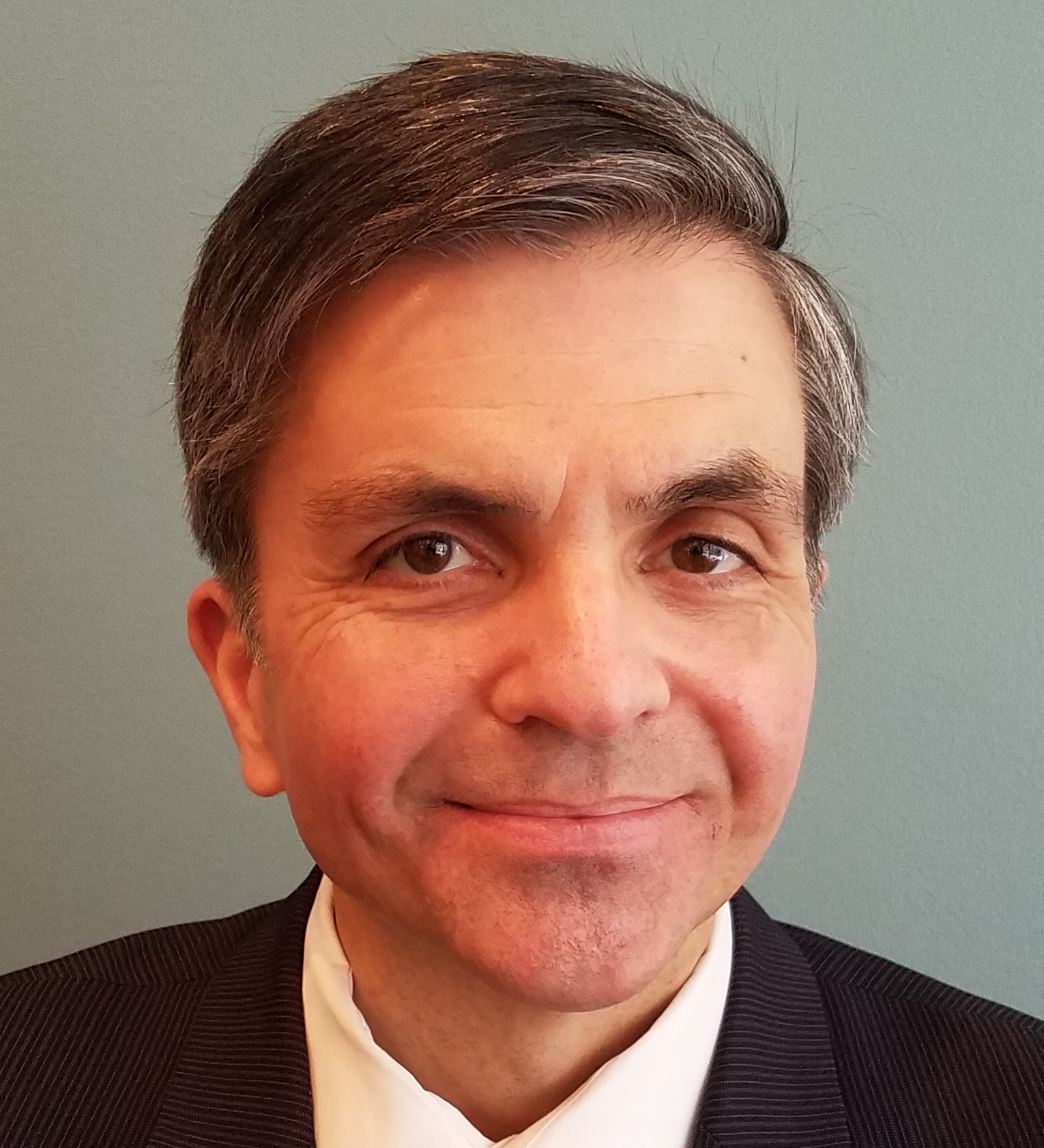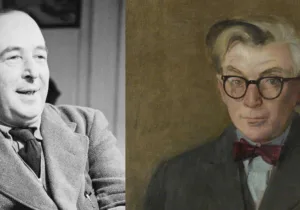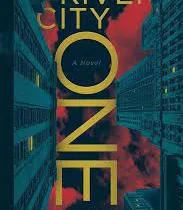The Last American Aristocrat: The Brilliant Life and Improbable Education of Henry Adams by David S. Brown
Henry Adams famously was the grandson and great grandson of presidents and the scion of a New England dynasty whose best days were over, he was convinced. Resigned to the afterglow of greatness, he taught at Harvard, wrote history plus pseudo anonymous political novels, published biting social commentary, penned extensive correspondence with other witty literati, travelled the world, collected art, socialized with the fellow rich and famous, and observed the nation’s capital from his lavish Lafayette Square home across from The White House, where his wife Clover poisoned herself with her photography chemicals.
Adams buried his grief in further cynicism and stoicism, sometimes touched by eastern mysticism. His monument to Clover stands in Rock Creek Cemetery, a Buddhist-inspired androgynous, be-robbed downcast allegorical figure by Augustus Saint-Gaudens called “The Mystery of the Hereafter and The Peace of God that Passeth Understanding,” but more commonly called simply “Grief.” He visited the monument often but rarely spoke of his wife and never mentioned her in his own monumental intellectual autobiography The Education of Henry Adams, which he circulated privately and which was posthumously published commercially.
Like his ancestors, Adams was raised Unitarian but lamented the receding importance of religion for his family and, as he perceived it, for society. Apparently lacking personal faith, he found solace in Europe’s medieval cathedrals and in Maryolatrous art. His memoir included a chapter “The Dynamo and the Virgin” in which he laments the transfer of faith from God and the church to science, industry, capitalism and progress. He projected his own deeply felt spiritual vacuum onto modern civilization.
Adams also projected his lamentation over his family’s declining influence onto America at large, which he perceived to have abandoned its founding ideals in favor of the money and vulgarity of The Gilded Age. He despised President Grant, the Republican Party, what passed for popular culture, and nearly all that America had become. His best friend and neighbor was Abraham Lincoln’s Secretary John Hay, later Secretary of State under Presidents McKinley and Teddy Roosevelt. Hay had built a mansion adjoining Adams’s home, and the two daily walked together every 4pm through Washington to review the latest news and gossip. Roosevelt himself was also a friend of sorts, though he preferred bold and active idealists and visionaries to Adams’s brand of dispassionate cynicism. By virtue of his residence, family history, social standing, political and literary erudition, Adams was constant social acquaintances to nearly every president of his adult years. Towards the end, he knew young Franklin and Eleanor Roosevelt.
Adams’s grandfather, John Quincy, whom he recalled in his memoir as holding his hand while walking him to school, had served George Washington. Henry Adams lived long enough to see World War I, living in Paris as the Germans approached, forcing his reluctant evacuation. And he knew many of the personalities who would shape the Twentieth Century and the modern world. The young Washingtonians who trooped from duty and curiosity to Adams’s dark, art laden, Victorian pile viewed him as a monument unto himself. To the end he was a charming and brilliant raconteur who rarely disappointed his conversationalists. But Adams was lonely, private and artfully bitter, despairingly confident that not only his own best days were over but so too were they for America and the world, which no longer had room or deference for aristocrats like himself. Art, literature, statecraft and religion were all declining in favor of industry, corruption and graft.
As his biographer recounts, Adams “worried as Wall Street financiers and Chicago factory owners gained power in the republic; he watched as distances shrank before the sovereignty of trains, telegraphs, and (beginning in 1883) time zones; and he wondered about Darwinism’s bid to become ‘the very best substitute for religion.’”
The New England Unitarian clergy influential in his youth had not impressed Adams, who complained they “proclaimed as their merit that they insisted on no doctrine, but taught, or tried to teach, the means of leading a virtuous, useful, unselfish life, which they held to be sufficient for salvation. For them, difficulties might be ignored; doubts were waste of thought; nothing exacted solution. Boston had solved the universe; or had offered and realised the best solution yet tried. The problem was worked out.”
Adams disdained his ancestral religion and accompanying trends of Transcendentalism and utopian sects. But as his biographer notes:
Henry retained throughout his life a searching attitude toward various cultural, intellectual, and aesthetic expressions of religious experience. Buddhism and medieval Catholicism, in particular, opened fresh avenues for making comparisons and contrasts with the modern West that found their way into his published work. Boston’s liberal Protestantism, on the other hand, never made such a vigorous impression, and neither did the “eccentric off-shoots” (as he called them) of Transcendentalism and Universalism, or the neighboring experimental communities.
Adams’s journeys to Europe and Japan, visiting sites of medieval Catholicism and Buddhism, gave him the architecture for a spiritual sensibility if not religion, as the biography describes:
Henry, a self-proclaimed martyr before the mechanical universe, would come to make of Chartres and Mont-Saint-Michel the foundations of a fresh faith, or at least a modern iteration of the Romantic ideal in which he might find meaning and inspiration. He too, in other words, sought submission to a higher power.
Adam’s travels to Eastern Europe found an even richer archaic religious culture he found satisfying, noting:
From the first glimpse… of the Polish Jew at the accidental railway-station to the last vision of the Russian peasant, lighting his candle and kissing his Ikon before the railway Virgin in the station at St. Petersburg, all was logical, conservative, christian and anarchic…At Chartres I have only the empty shell, and have to imagine the life. Here I find the life absolutely unchanged; just what it was all over Europe in 1100.
When Adams shared his unpublished memoir and its search for an imagined religious ideal with close friends, John Hay’s widow admonished him: “But it seemed to me that you have studied too much to find that ‘Force’ you are still seeking. Why, instead of all those other books, you have gone to, to find it—did you not go back to your Bible?… I have wanted, for so long to tell you this, but have not had the courage.”
Adams seems not to have heeded her counsel, preferring to idealize a past that never existed instead of finding God at work in the present. He aloofly condemned the supposed decadence of modern capitalist democracy, taking for granted his own extensive hereditary riches, comforts and privileges, while ignoring the unprecedented economic empowerment of millions who benefitted from industry and technology. His religious ideal was aesthetic and abstractly moral but largely indifferent to people outside his social class, whether arriving waves of immigrants or disenfranchised black people in the South after Reconstruction. He lamented the decline of religion but ignored the resurgent popular piety that infused his time, which he barely noticed and no doubt disdained. After all, where were its great cathedrals and artworks?
A British diplomat described Adams in 1887 after his wife’s death as “queer to the last degree; cynical, vindictive, but with a constant interest in people, faithful to his friends and passionately fond of his mother.… He has no cards and never goes out.”
Adams was the archetype of a certain kind of American observer who revels in supposedly constant societal decline from the perspective of snobby reserve while disdaining improvements for and the popular piety of common, less erudite people. He was an ungrateful heir to the old New England Unitarian establishment. He rejected orthodox Christianity and even Unitarianism but wanted morality and a robust religious aesthetic.
As Mrs. Hay discerned, Henry Adams was looking for “The Force” in all the wrong places. So many are, in every age.






